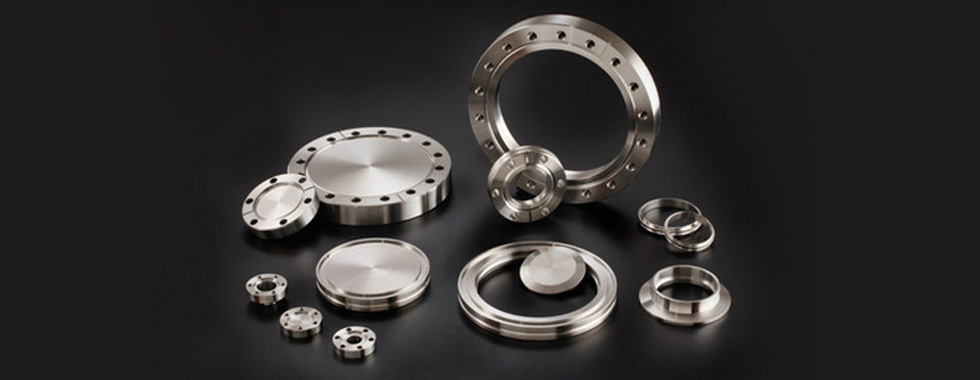Types of Flanges

Types of Flanges
Flanges are used in pipeline systems to join pipes, valves, pumps, and other equipment. In a plumbing system, flanges allow for simple inspection, modification, and cleaning. Pipes, valves, pumps, and other components are frequently screwed or welded together.
Flanges are subject to a variety of standards in different nations. Flanges are manufactured in the United States to ASME specifications such as ASME B16.5, ASME B16.47, and MSS SP-44. Flanges in Europe are made to the DIN EN 1092-1 standard. This is comparable to the US standard, however it is referred to by a different name. In the rest of the globe, flanges are built to ISO standards for materials and pressure ratings.
The following are the most frequent types of flanges used in industry:
Weld Neck FlangesBlind Flanges
Slip On Flanges
Lap Joint Flanges
Socket Weld Flanges
Threaded Flanges
- Weld Neck Flanges:
There are two types of weld neck flanges. The ordinary kind is utilised with pipes, whereas the process plant uses the other. It is made up of spherical fittings with a protruding rim all the way around. These flanges are utilised in high-temperature situations with high pressures or other causes of stress.
- Blind Flanges:
Because it is made without a hole, the blind flange is also known as a solid flange. It's utilised to seal off a portion of pipe or a nozzle that's no longer in use. These flanges can be used in low and high temperature and pressure applications.
- Slip on Flanges:
A ring plate is commonly used as a slip-on flange and is fitted over the pipe end. It slides easily on the pipe; to attach the flange to the pipe, perform two filet welds on the inner and outer sides of the flange, respectively.
- Lap Joint Flanges:
Lap Joint flanges are used with Lap Joint Stub Ends and have no elevated face or pipe portion. These flanges are similar to slip-on flanges, however they are utilised with a stub end. Although the pressure handling capability is limited, it is superior to slide on flanges.
- Socket Weld Flanges:
Welding Sockets Flanges are commonly used for high-pressure pipework in tiny sizes. The connection between the flange and the pipe was made with a single fillet weld on the flange's outer edge. However, some space between the flange and the pipe should be allowed before welding.
- Threaded Flanges:
None of the flanges listed above may be used without welding. Threaded Flanges were created as a result of this. It is utilised for certain purposes and has the advantage of being able to be fitted without welding. The threaded junction was used to connect the pipe to the flange. Most sizes and pressure ratings are available for these flanges.
